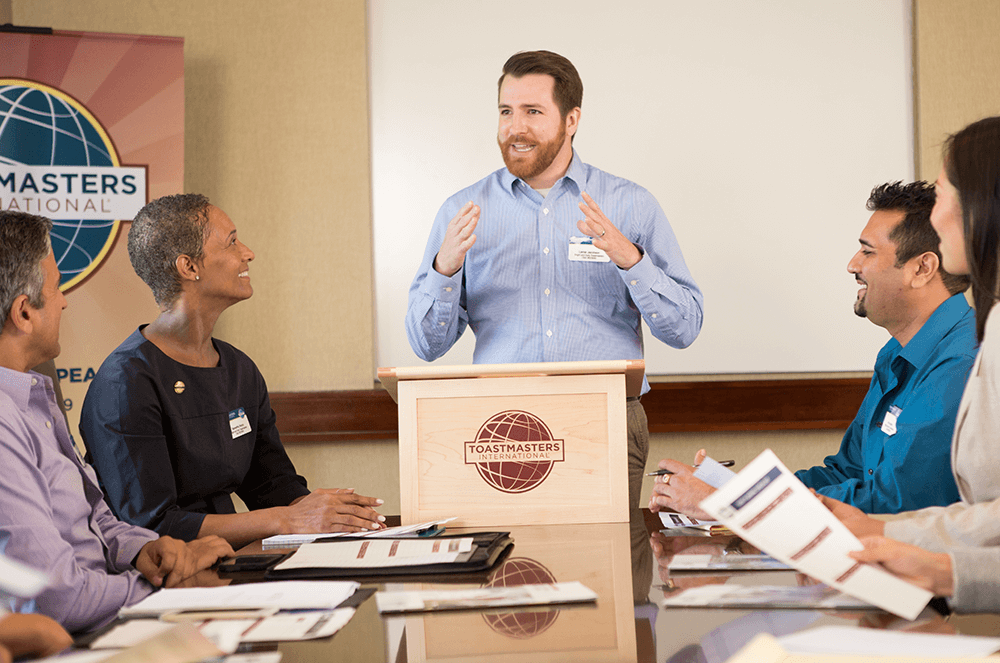
Meetings can be an incredibly effective tool for people to share ideas, make decisions, and collaborate. However, meetings can also be unproductive and a waste of time and energy.
An effective meeting has clear objectives, with active participation encouraged, relevant information shared, efficient decisions made, and follow-up actions assigned.
Inspired by the work of researchers Kim Cameron and David Whetten, here are some proven methods for how to have an effective meeting every time by following the four Ps: purpose, product, people, and process.
Purpose:
First, clearly define the purpose of the meeting; ensure it is necessary and has a specific goal. With a clear purpose in mind, you can work toward actionable outcomes. Be specific in your objectives and try to make them measurable, so you can gauge the success afterward. Concisely defining the meeting’s purpose ahead of time also gives other team members time to prepare their ideas and thoughts.Product:
The purpose of the meeting should lead to a clear and actionable product. For example, if the purpose is to brainstorm a marketing campaign for a new store item, the product (or end result) is choosing which channels the campaign will use and when it will begin.People:
Ensure that everyone invited is appropriate, with responsibilities relevant to the meeting’s purpose. Throughout the meeting, foster a respectful and collaborative environment where all are free to voice their opinions.Process:
Having a clear process ensures the meeting moves along at a good pace and maximizes the time you have. Set your agenda and send it out ahead of time, establish ground rules for the meeting, keep track of time, avoid going off topic, close the meeting with a recap of the discussion and next steps, and send a follow-up email with meeting notes afterward.Steps to Plan and Run Effective Meetings
Here are a few steps to take in addition to the four Ps:
Create an agenda.
An agenda should outline the topics you will cover, the order in which they will be discussed, and the time allocated for each item. Share the agenda ahead of time so participants can prepare accordingly and suggest additional agenda items, if necessary, but stay focused on the meeting objectives.Establish ground rules.
Ground rules might include starting and ending on time, no interruptions or side conversations, and limiting the use of technology. Share these rules with participants ahead of time and remind them at the start of the meeting.Be specific in your objectives and try to make them measurable, so you can gauge the success of the meeting afterward.
Encourage participation.
Start by creating a safe and supportive environment where people feel comfortable sharing their ideas and opinions. Encourage active listening and be open to feedback and criticism. Use techniques like brainstorming and round-robin discussions to involve everyone in the conversation. Avoid dominating the conversation yourself or allowing any one person to monopolize the discussion.Manage time effectively.
Time management is essential. Allocate time for each agenda item and stick to the schedule. If a discussion is taking too long, cut it short and move on to the next item. Consider shorter meetings, which tend to be more focused and productive.Use technology wisely.
While technology can be a valuable tool in meetings, it can also be a distraction. Use technology to enhance the meeting, not detract from it. Tools like screen sharing, online whiteboards, or virtual breakout rooms can facilitate collaboration and engagement.Follow up.
Send out meeting notes that summarize the key points of the discussion and the decisions made. Include action items and deadlines, and assign responsibility for each task. Follow up with participants so they are clear on their roles and responsibilities and ensure they have the resources needed to complete their tasks.
Planning and running effective meetings requires careful thought and preparation. By using the 4Ps, you can make your meetings efficient and productive, leading to better business outcomes and a more engaged team.
Mithun A. Sridharan is an entrepreneur and speaker. He is Club President of Heidelberg International Toastmasters club (HITC) in Germany, and founder and chief strategy officer at Think Insights, a leading portal on strategy, management consulting, leadership, digital transformation, and data literacy.
Related Articles

Club Experience
6 Tips for Successful Club Meetings

Club Experience



 Previous
Previous

 Previous Article
Previous Article